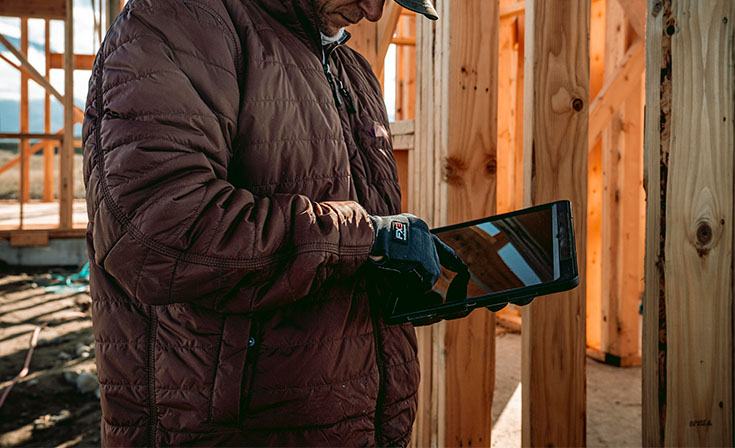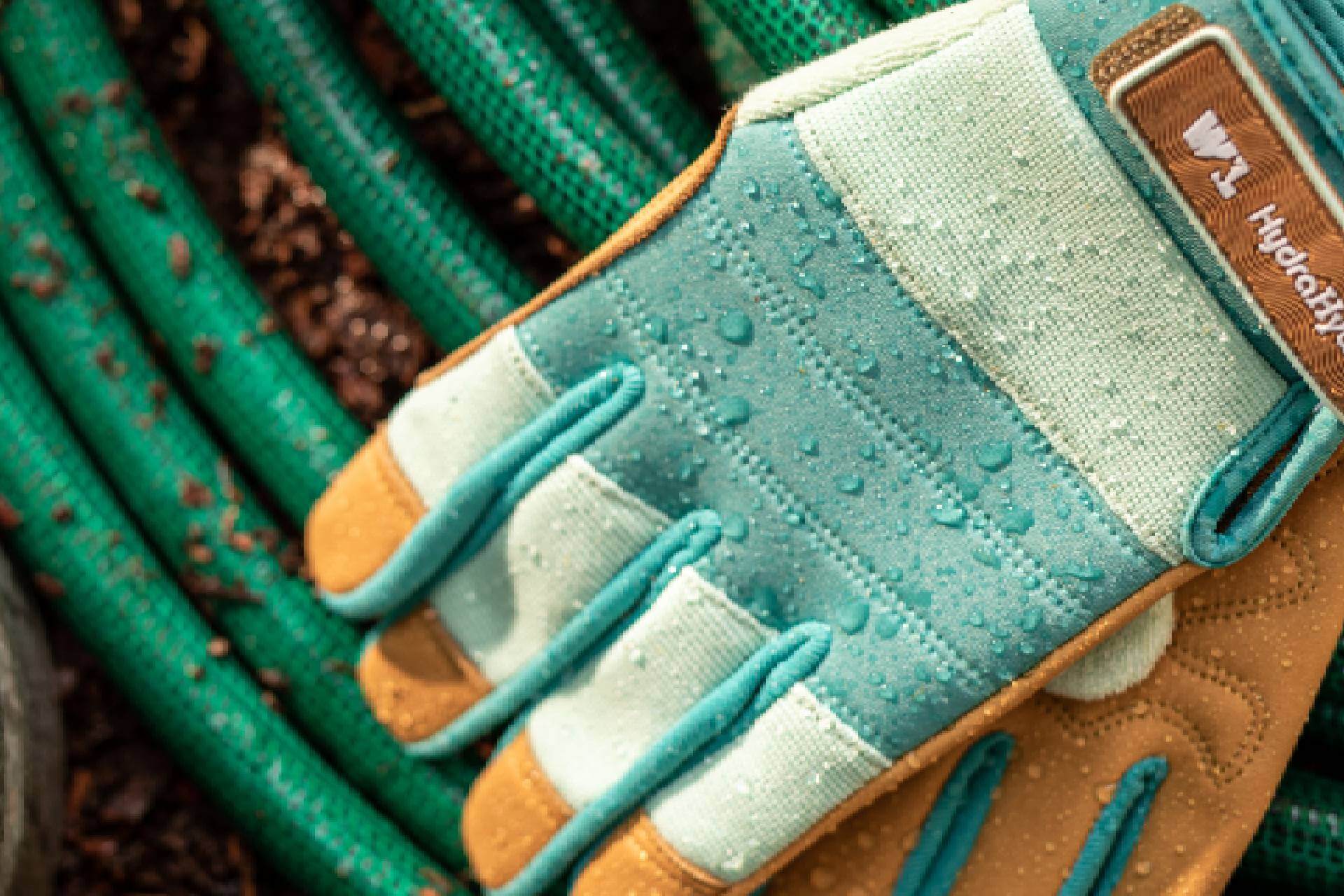In recent years, touchscreens have taken over — replacing the buttons on phones, control panels and even cars. While touch screens present several benefits to users, such as simple and updateable interfaces, they also make it difficult to perform commands while wearing gloves. This presents a real logistical challenge, impeding the ability of gloved workers — and people in general — to work devices smoothly and efficiently.
The solution? A good pair of touchscreen work gloves or winter gloves with touchscreen technology. These are often referred to as digital touch or smartphone gloves, as they make it possible to control touchscreen devices without having to expose your bare hands. But how do digital touch gloves work? And how do you choose the best pair for you?
To answer these questions, let’s first explore two common types of touchscreens and how they function.
Types of Touchscreen Technology
Resistive Touchscreens
Resistive touchscreens work by sensing pressure points that are applied to the screen. They feature two thin layers of transparent material positioned closely to one another without touching. Wherever the screen is pressed, the outermost layer gives way and makes contact with the inner layer. This contact allows for voltage to pass through that particular spot, signaling that a touch has been made.
Due to several disadvantages, such as the inability to support more complicated touches and gestures, resistive touchscreens aren’t found in modern smartphones, tablets, or laptops. But, because these touchscreens rely solely on pressure to detect commands, they’re often used in industrial applications where workers are outfitted with gloves.
Capacitive Touchscreens
If you’ve ever asked yourself, “Why can’t I use my phone with gloves on?” you were using a capacitive touchscreen. In fact, all iPhones and Android devices — and essentially all tablets, smartwatches, touchscreen computers and other smart devices — have been made with capacitive touchscreens for years.
While they function beautifully, capacitive touchscreens have one downfall: because of how they work, they often can’t be used while wearing gloves.
Instead of relying on finger pressure, capacitive touchscreens rely on capacitance, or the ability of a body or object to store an electrical charge. These screens are infused with highly conductive materials that, when touched by human skin, draw a small electrical charge to the point of contact. This causes a disruption of the magnetic field, which pinpoints the exact location of the touch.
Most gloves block this transfer of energy, partially or completely compromising touchscreen operation. Only specialized smartphone gloves are made to accommodate touchscreens.
What Material Works for Touchscreen Gloves
When it comes to resistive touchscreens, any well-fitting glove will do. Regarding capacitive touchscreens, only digital touch gloves are guaranteed to work — and some function better than others. So how do these gloves work, and what materials should you look for?
Basically, the idea behind touchscreen gloves is simple: make the touchpoint out of conductive material to promote the transfer of electricity. This allows for energy to flow between your skin and the touchscreen, just as it would if you had bare hands.
While there are many smartphone gloves on the market, not all of them are created equal. It’s not just about having the right conductivity, it’s also about having the right fit and flexibility — with dexterous, well-formed fingertips. Wells Lamont’s FX3™ touchscreen gloves are a great solution, offering not only the digital touch you need to connect with your phone, but the dexterity you need to use it effectively.
Browse Wells Lamont’s Selection of Smartphone Touchscreen Gloves
Capacitive touchscreens have been a great innovation in modern electronics, and their enjoyment shouldn’t be impeded by the wrong type pair of gloves. If you’re in need of smartphone gloves, consider the FX3™ series from Wells Lamont — designed with a precurved fit for a natural feel. Whether you’re interested in tough Impact Protection Work Gloves, warm and durable FX3 HydraHyde Leather Palm Winter Work Gloves or anything else, check out our extensive selection of high-dexterity FX3™ work gloves today.




